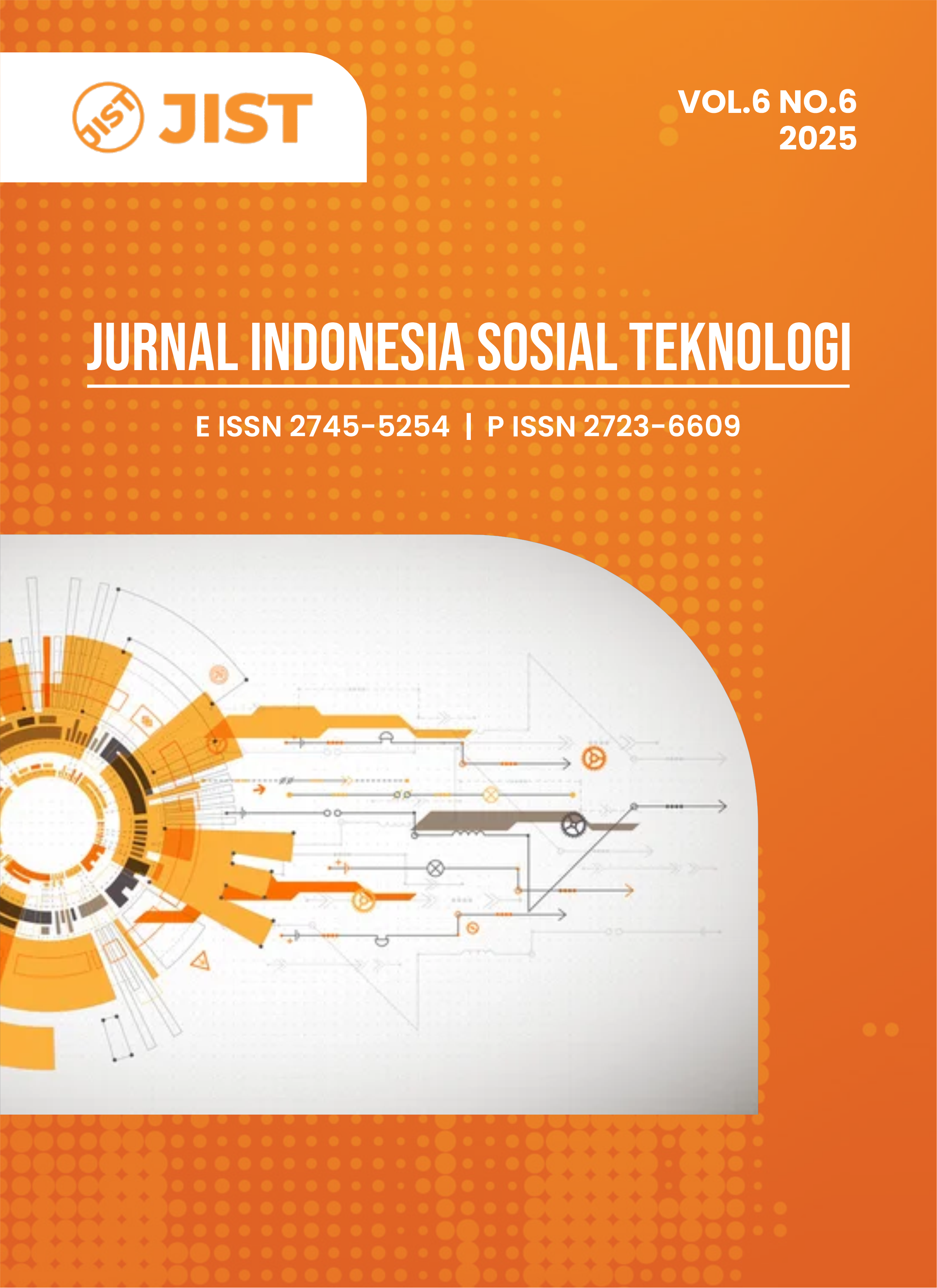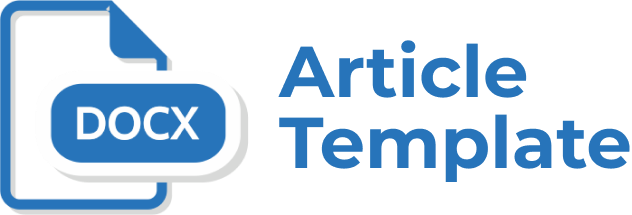Strategic Intelligence Foresight on Ransomware Threats in Indonesian State-Owned Banks
DOI:
https://doi.org/10.59141/jist.v6i6.9069Keywords:
ransomware, artificial intelligence, cybersecurity, strategic foresight, state-owned banksAbstract
The advancement of artificial intelligence (AI) technology in recent years has been aggressively exploited in cyberattacks, particularly through increasingly sophisticated and massive ransomware deployments. Globally, ransomware incidents have risen by 68% over the past two years (Suvorova, 2023), while Indonesia recorded over one million ransomware activities in 2023 alone, with the financial sector being one of the primary targets (BSSN, 2023). State-owned banks (Bank BUMN) are particularly vulnerable due to their classification as critical information infrastructure and their role in managing the nation's strategic financial assets (Crisanto, Prenio, & Restoy, 2023). This study aims to identify the escalation patterns of AI-powered ransomware attacks against state-owned banks in Indonesia, analyze their vulnerability profiles, and formulate early prevention strategies using a strategic intelligence foresight approach for the period 2025–2029. A qualitative method is applied using the scientific inquiry for intelligence analysis framework (Prunckun, 2010) and a five-phase foresight methodology: event identification, trend analysis, driver mapping, scenario development, and policy roadmap formulation (Saritas, 2016). The 2023 LockBit 3.0 ransomware attack on Bank Syariah Indonesia (Chakravarti, 2023) underscores the urgency of integrating foresight into national banking cybersecurity policy formulation.
Downloads
Published
How to Cite
Issue
Section
License
Copyright (c) 2025 Eggan Nachson, Aloysius Mado

This work is licensed under a Creative Commons Attribution-ShareAlike 4.0 International License.
Authors who publish with this journal agree to the following terms:
- Authors retain copyright and grant the journal right of first publication with the work simultaneously licensed under a Creative Commons Attribution-ShareAlike 4.0 International. that allows others to share the work with an acknowledgement of the work's authorship and initial publication in this journal.
- Authors are able to enter into separate, additional contractual arrangements for the non-exclusive distribution of the journal's published version of the work (e.g., post it to an institutional repository or publish it in a book), with an acknowledgement of its initial publication in this journal.
- Authors are permitted and encouraged to post their work online (e.g., in institutional repositories or on their website) prior to and during the submission process, as it can lead to productive exchanges, as well as earlier and greater citation of published work.










